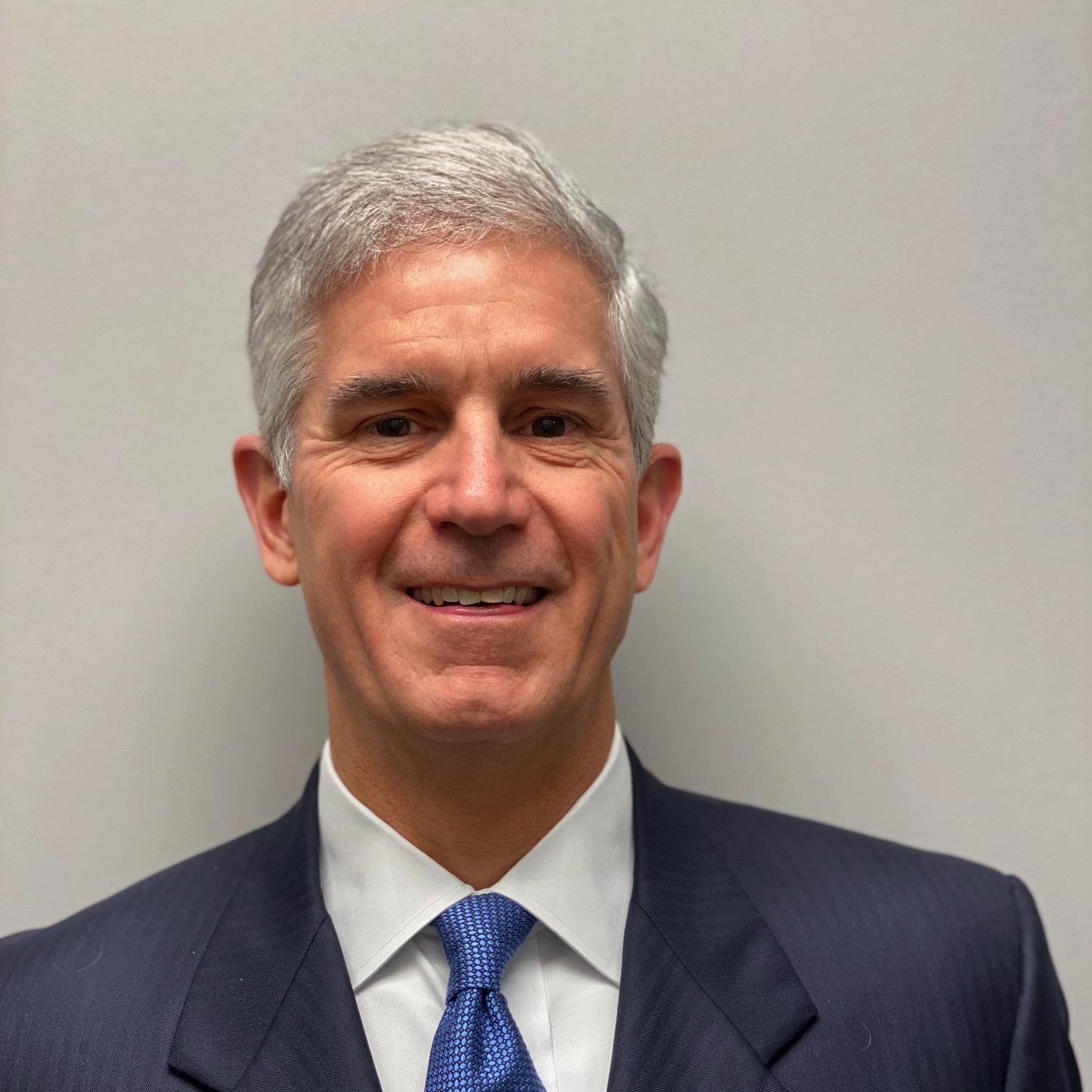- The First Settlement in a GenAI Training Case Has Implications for Content Creators and Business Users
- Act Before the Breakup: Use a Contract to Keep Your Brand Whole
- What Will the New American Revolution of Limiting the Power of the Regulatory State Mean for Businesses?
- What Will the New American Revolution of Limiting the Power of the Regulatory State Mean for Businesses?
- The Copyright Office Issues Its Long-Awaited Report on AI Training Material and Fair Use. Will It Stymie the U.S. AI Industry?
Latest Blog Posts
Obama vs. Trump, Plagiarism vs. Copyright, and Your Next Business Presentation
Posted on August 1, 2016.
Remember the controversy over whether Melania Trump plagiarized a speech by Michelle Obama when Trump gave her speech at the Republican National Convention? What can you learn from that incident that will keep you from getting in legal trouble in your next business presentation?
The news chatter concerned whether the similarity constituted plagiarism, which is using someone else’s material without attribution.
In the legal community, the barroom debate was whether the similarity might be not just plagiarism but also copyright infringement.
Melania Trump’s speech provides a great opportunity to distinguish between those concepts, especially for people making business presentations.
Many mistakenly believe they can use someone else’s material in a presentation if they give credit to the source. Not so.
Plagiarism isn’t illegal. While a school or organization might punish it, that’s just a private rule it creates for its community.
You can have plagiarism without copying. Most schools will require a student to cite the source for a borrowed idea even if the student rephrases the material.
Copyright infringement is different. That’s copying someone else’s written expression without permission. Even if you give credit, you still must get permission from the copyright owner. Otherwise that owner may have a copyright infringement claim against you.
Sometimes the law allows you to make use of someone else’s copyright property without permission. That’s called “fair use.” More on it later.
To illustrate how this works, let’s change Melania Trump’s situation to a business context: Imagine Melania Trump is about to give a business presentation at a tradeshow on behalf of Trump Inc. In her PowerPoint slides, can she use graphics or a block of text taken from a business book written by Michelle Obama on behalf of Obama Inc.?
Regardless of the copyright analysis, Trump should give written credit to Obama for the material. While that doesn’t dispose of the copyright issue, often whether someone sues you depends on whether they get mad at you. Plagiarism makes people mad.
Regarding copyright, the best solution is for Trump to get permission from Obama to use the material. An agreement drafted by a lawyer would be nice, but that’s often a hassle an expense most people won’t go through.
Trump could send an email to Obama asking for permission, being careful to describe the full nature and scope of the planned usage. If Trump gets permission, she should stay within those limits, because ranging beyond them could be copyright infringement.
Now let’s assume no permission is obtained – Trump and Obama don’t get along. Can Trump still use the material?
Here Trump has two options – she can paraphrase rather than copy, or she can try to fit within the Fair Use Doctrine.
Copyright does not protect ideas. It protects only the way an author expresses them. If I like an idea you convey in a book or graph, generally I may use the idea without your permission provided I rewrite it (or redesign the graph) in my own original expression.
Perhaps that won’t work. Maybe, to make your point, you feel you need to use a quote, or the exact graph you saw, or the picture that hit home.
The Fair Use Doctrine sometimes will cover you. Unfortunately, there are no black-and-white rules on exactly when you are safe. It’s a judgment call.
For business presentations, the most common fair uses are commentary or criticism – copying something to say something about it. For example, in her presentation, Melania Trump could quote Michelle Obama to criticize what Obama had to say or to make a deeper point about the material.
If you aim to have fair use cover what you copy for a business presentation, keep these things in mind:
• If you don’t have to copy the content as-is (rather than paraphrase it) to make your point, there’s a good chance copying isn’t fair use.
• Are you copying so you can comment on or criticize that material, or are you copying just because the copied material is exactly what you want to say? The latter probably isn’t fair use.
• Copy only as much of the other person’s content as necessary to make your point. If you copy more than you need, the excess copying can be copyright infringement.
• Will your copying reduce the market value of what you copied from? If people will be less likely to purchase a copy of the material from which you copied because of your copying, your copying probably isn’t fair use.
Hopefully your next business presentation will make you big news – and not because of a plagiarism or copyright-infringement kerfuffle. Don’t let such problems trump your own yuge awesomeness.
Written on August 1, 2016
by John B. Farmer
© 2016 Leading-Edge Law Group, PLC. All rights reserved.



